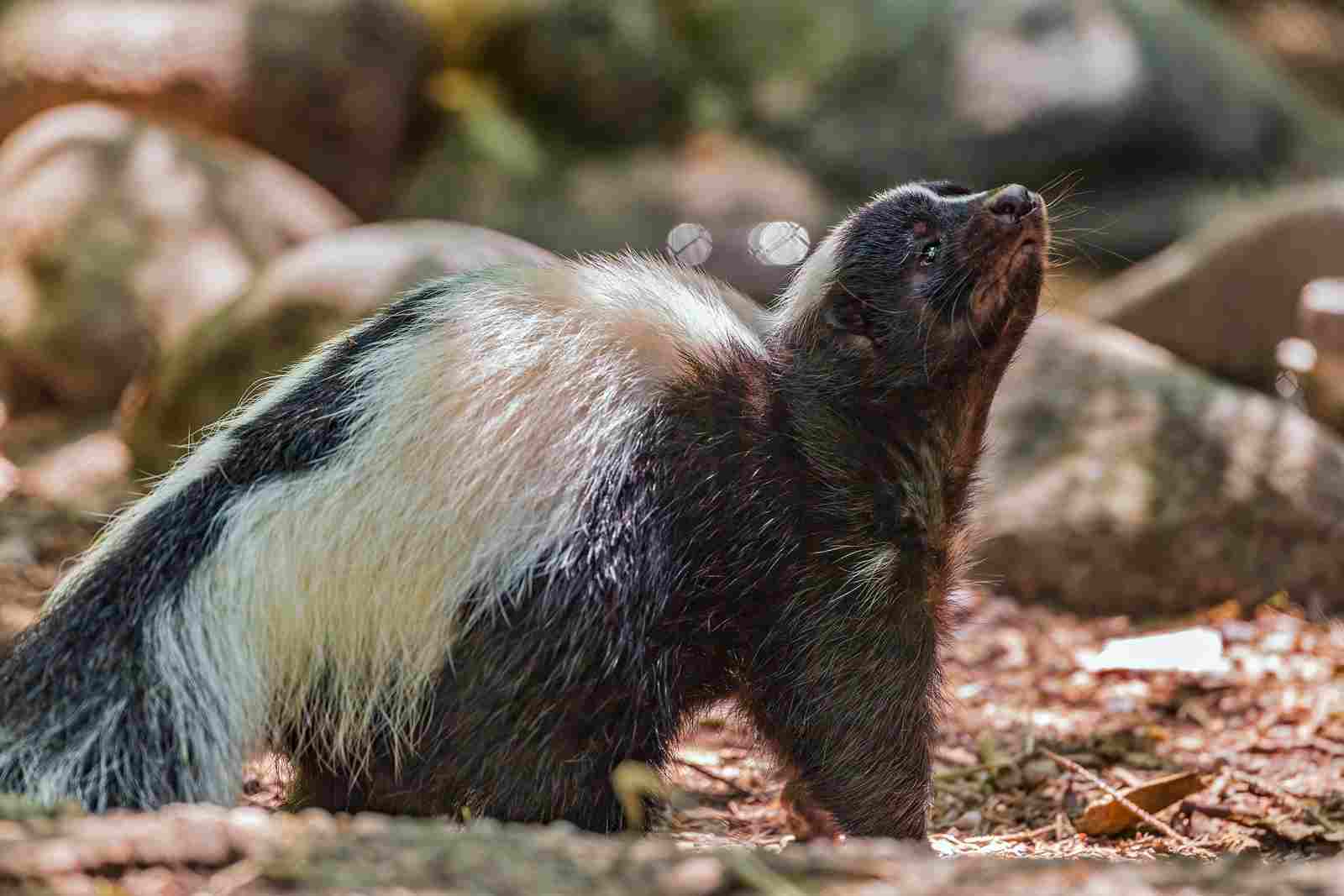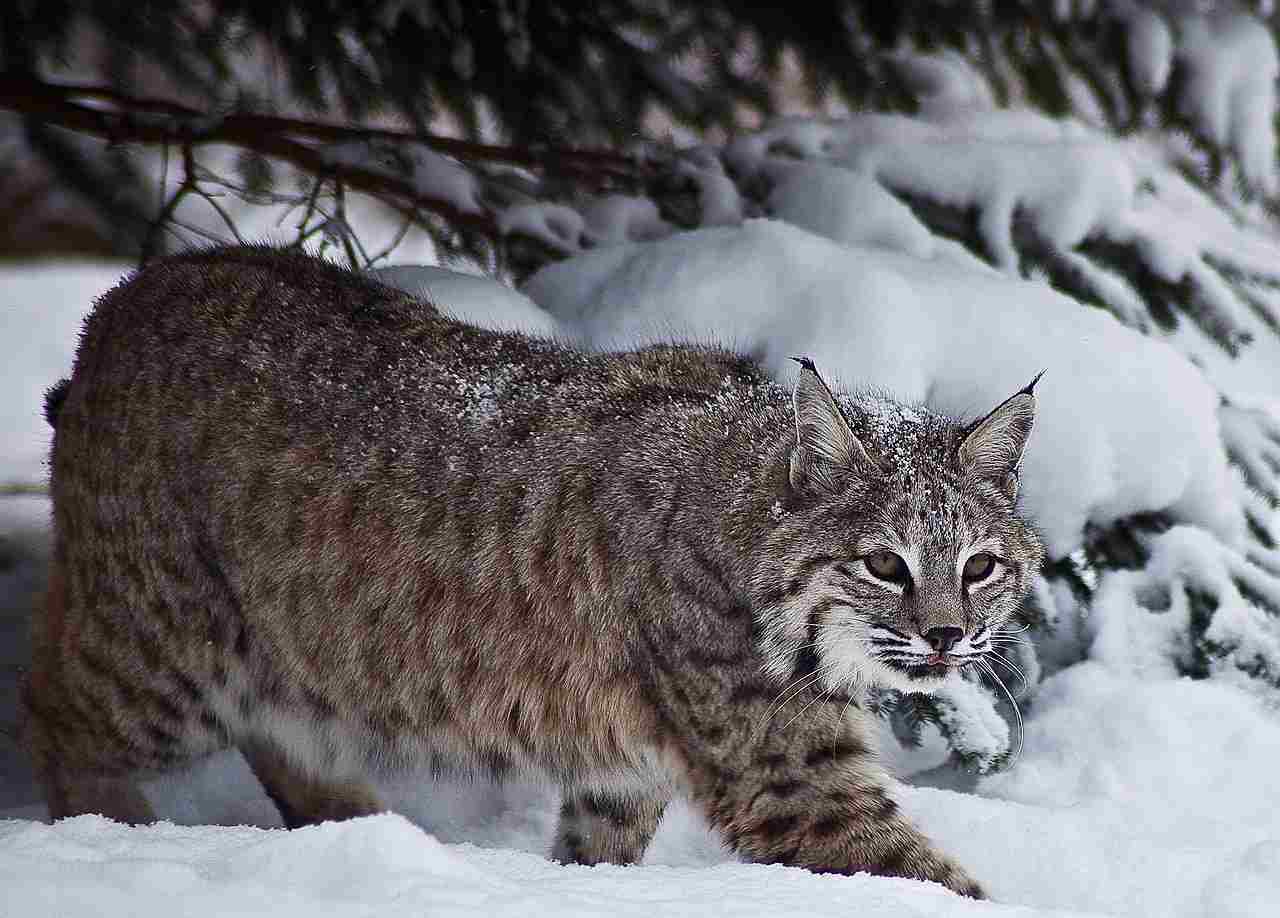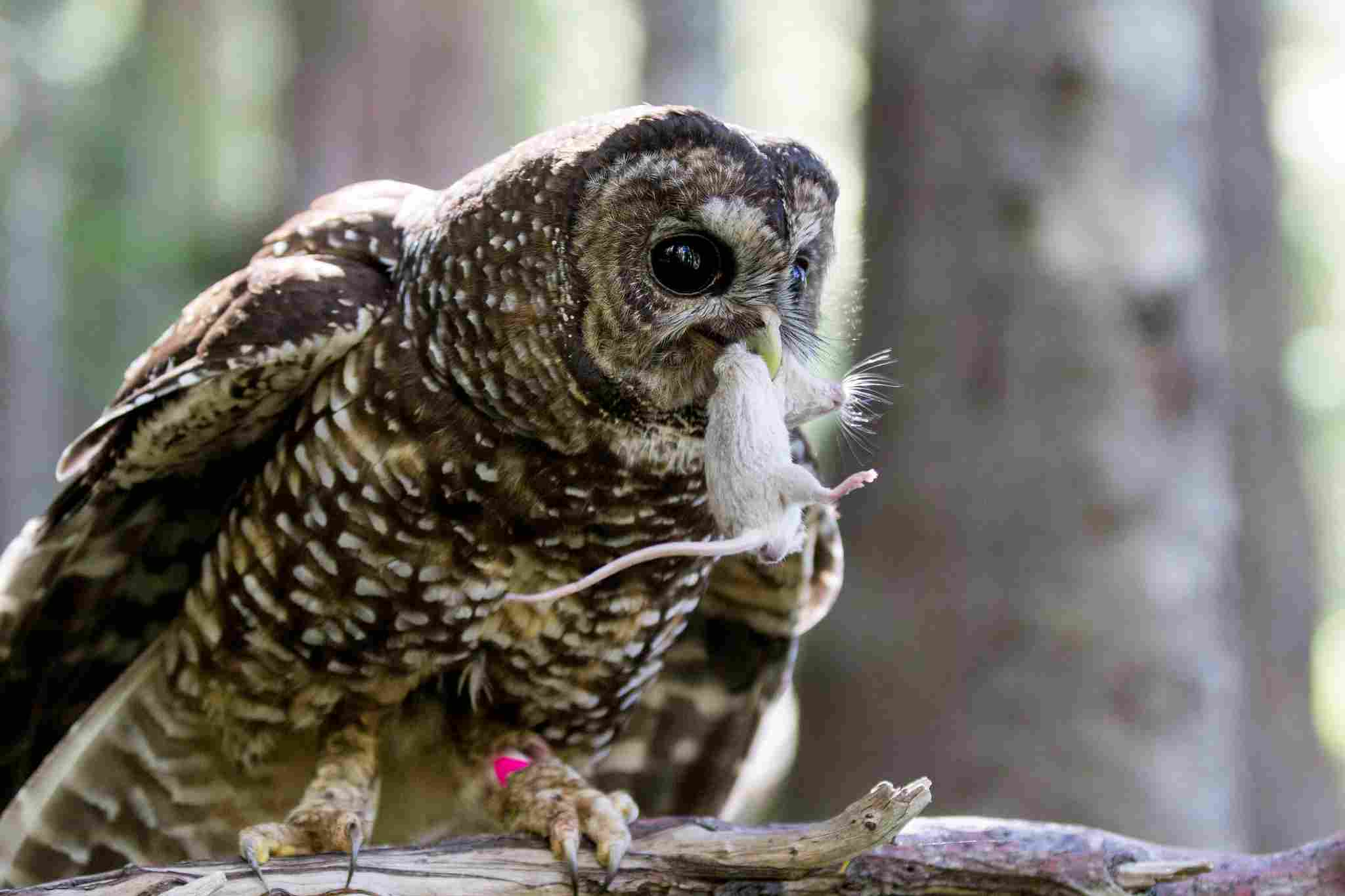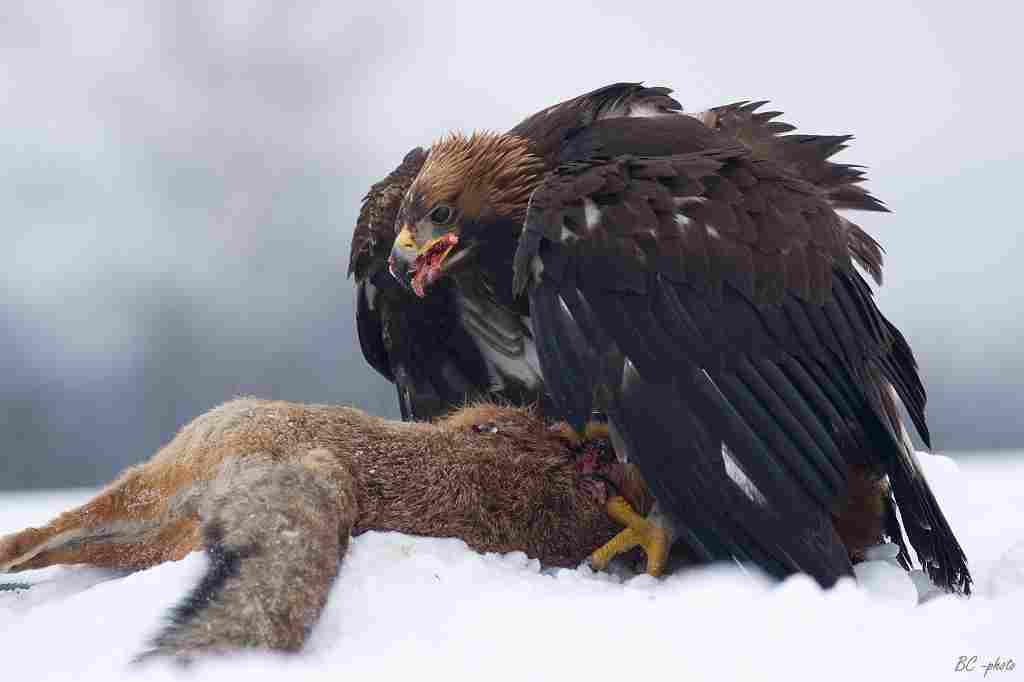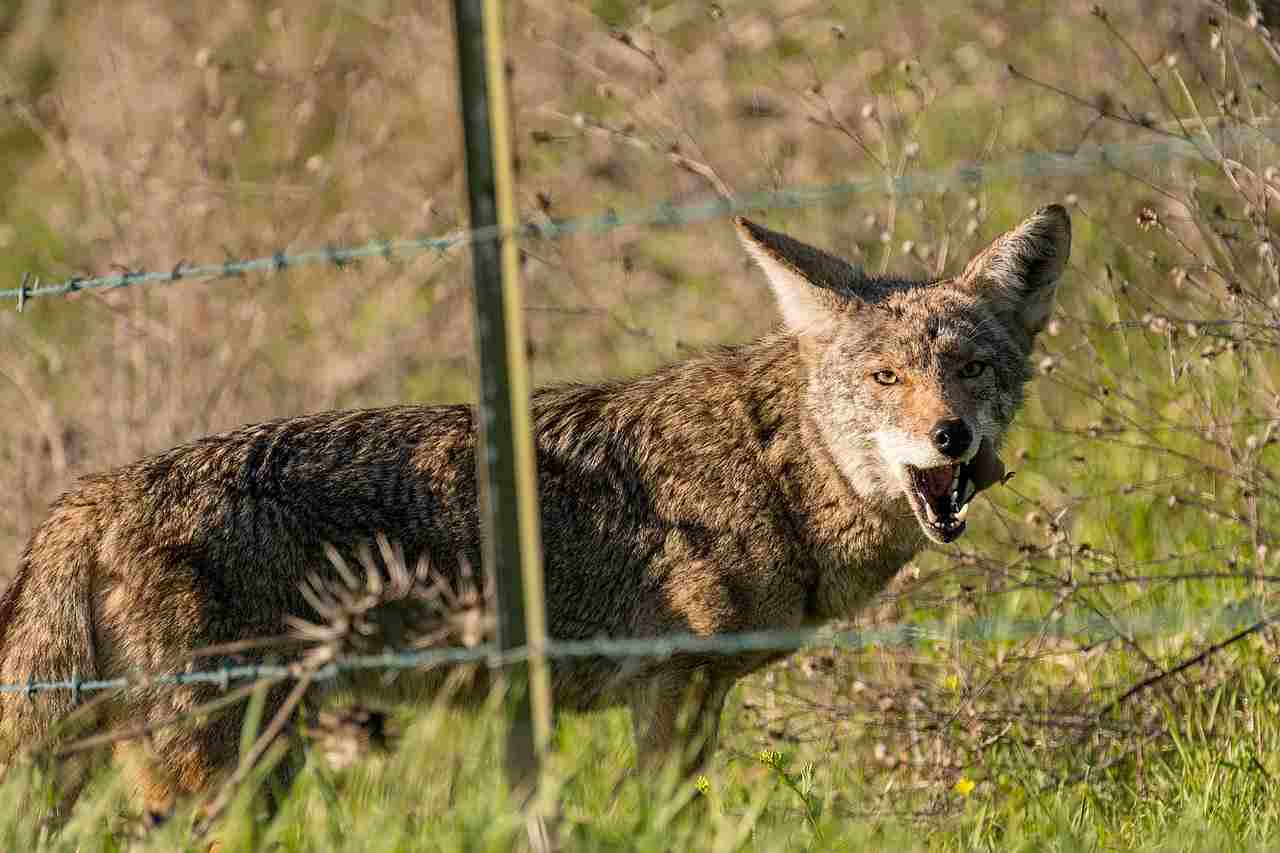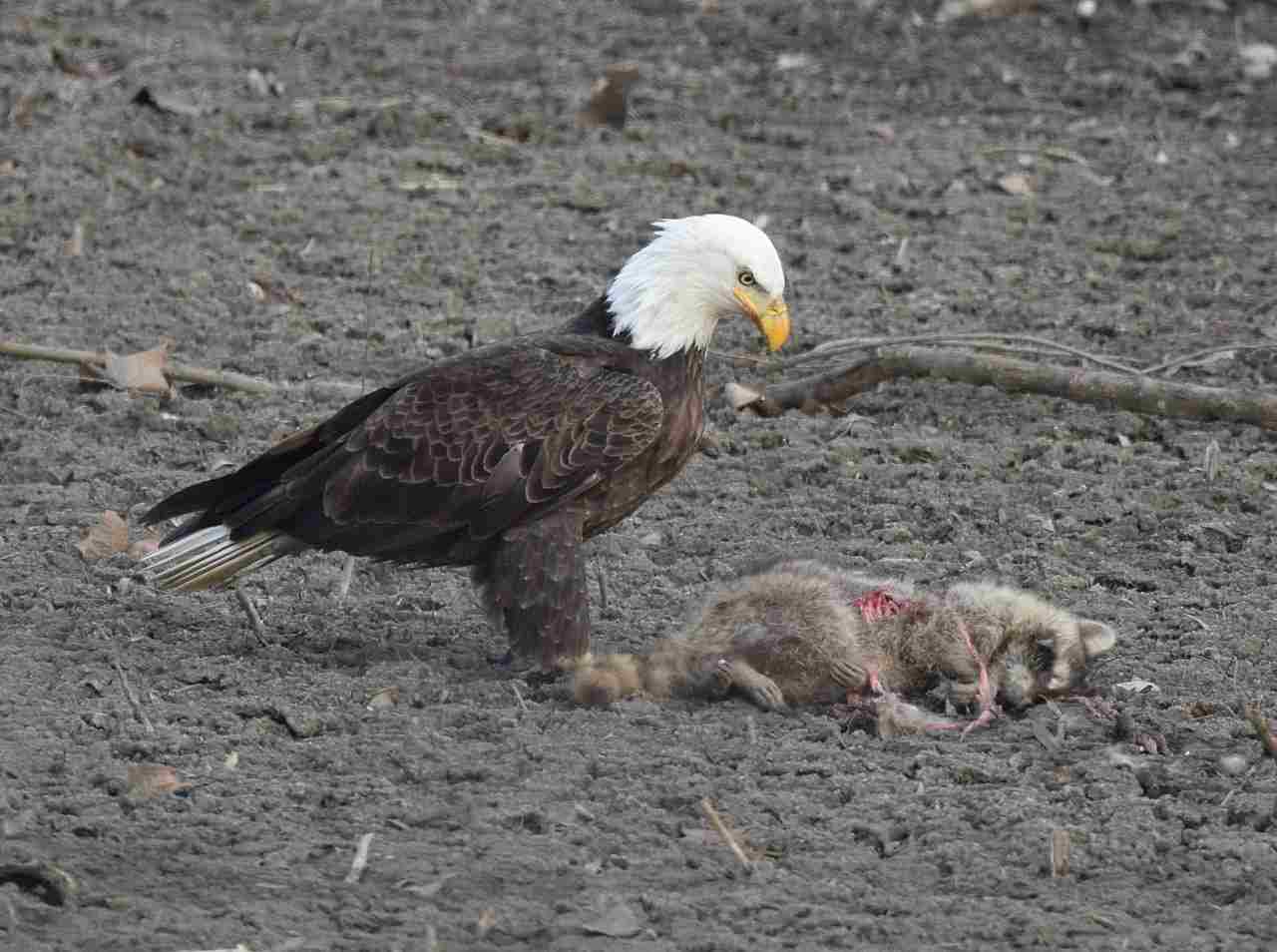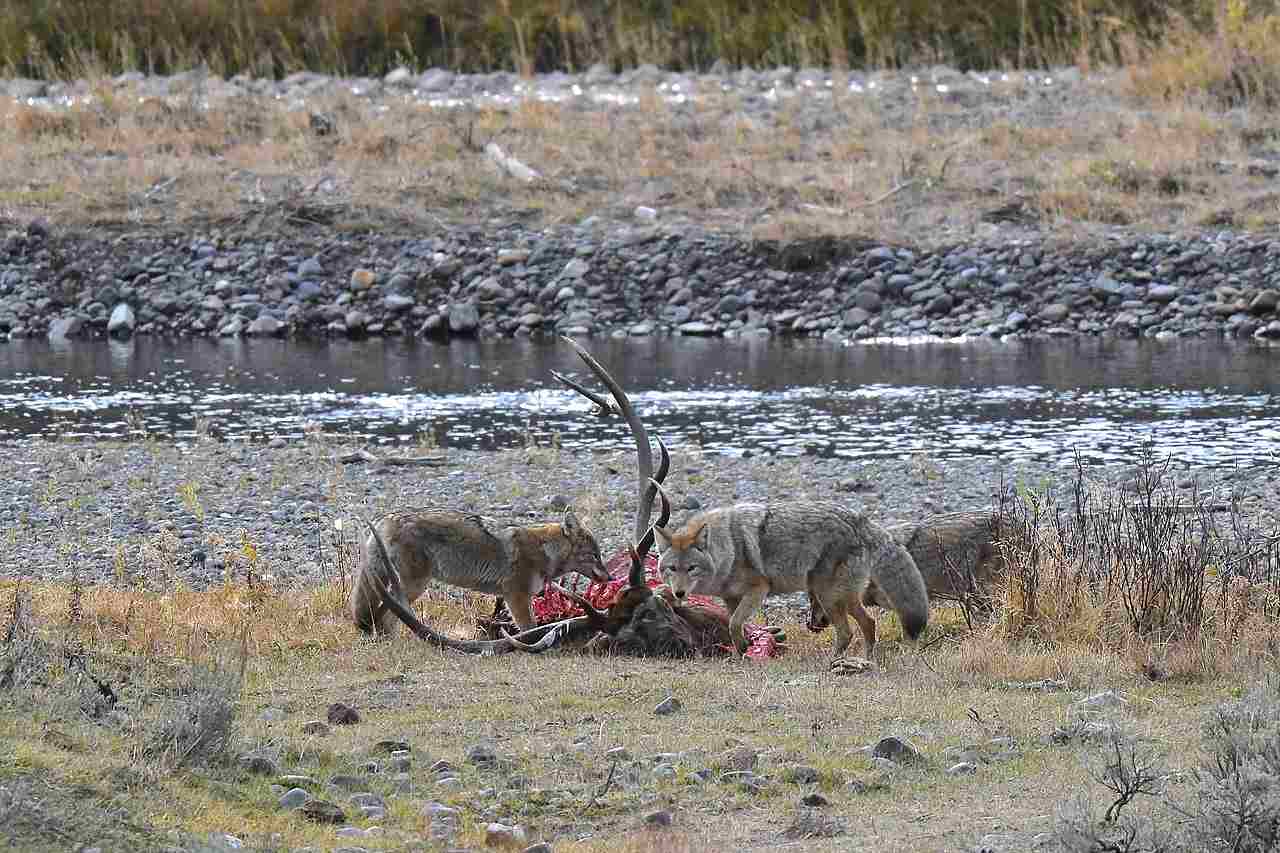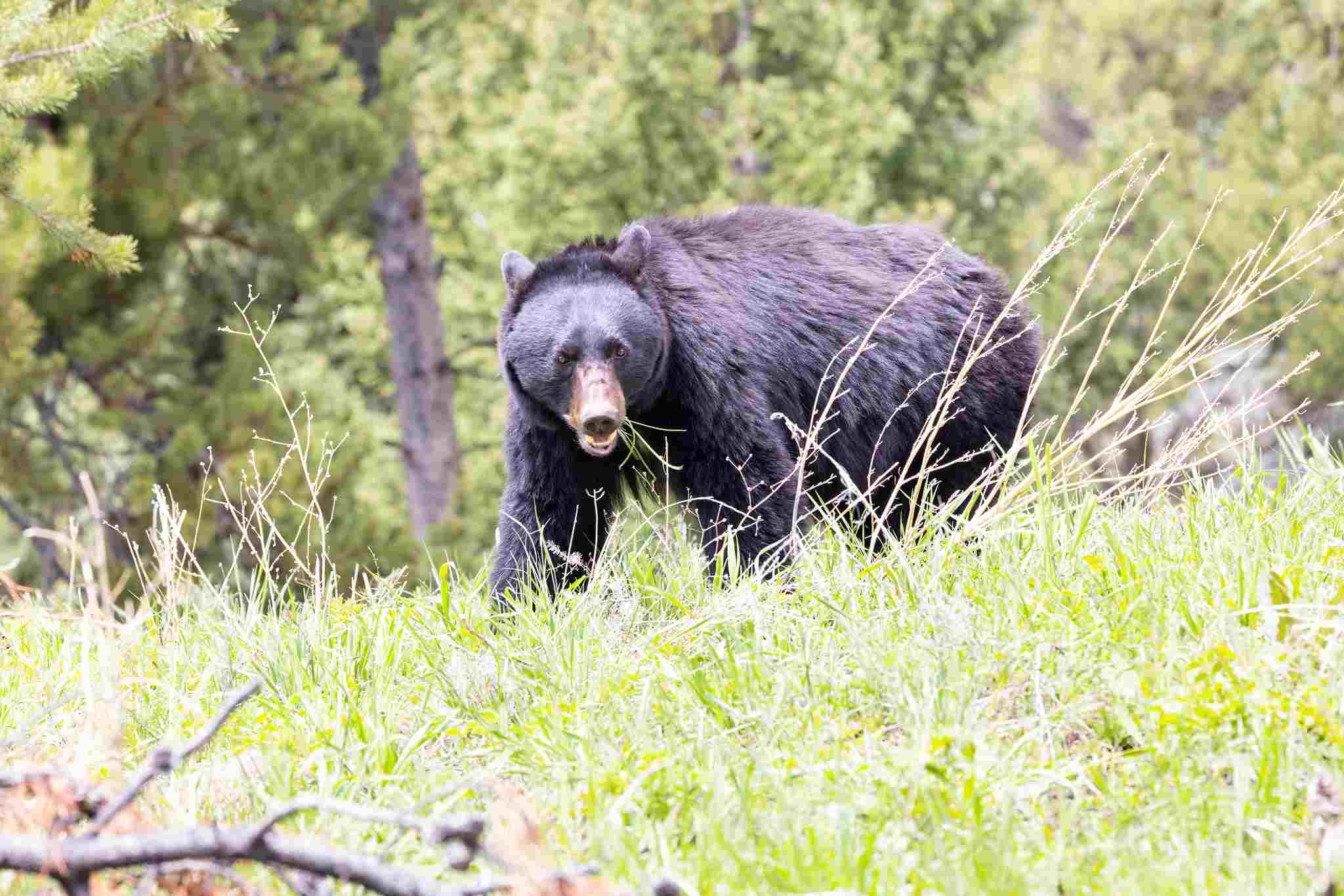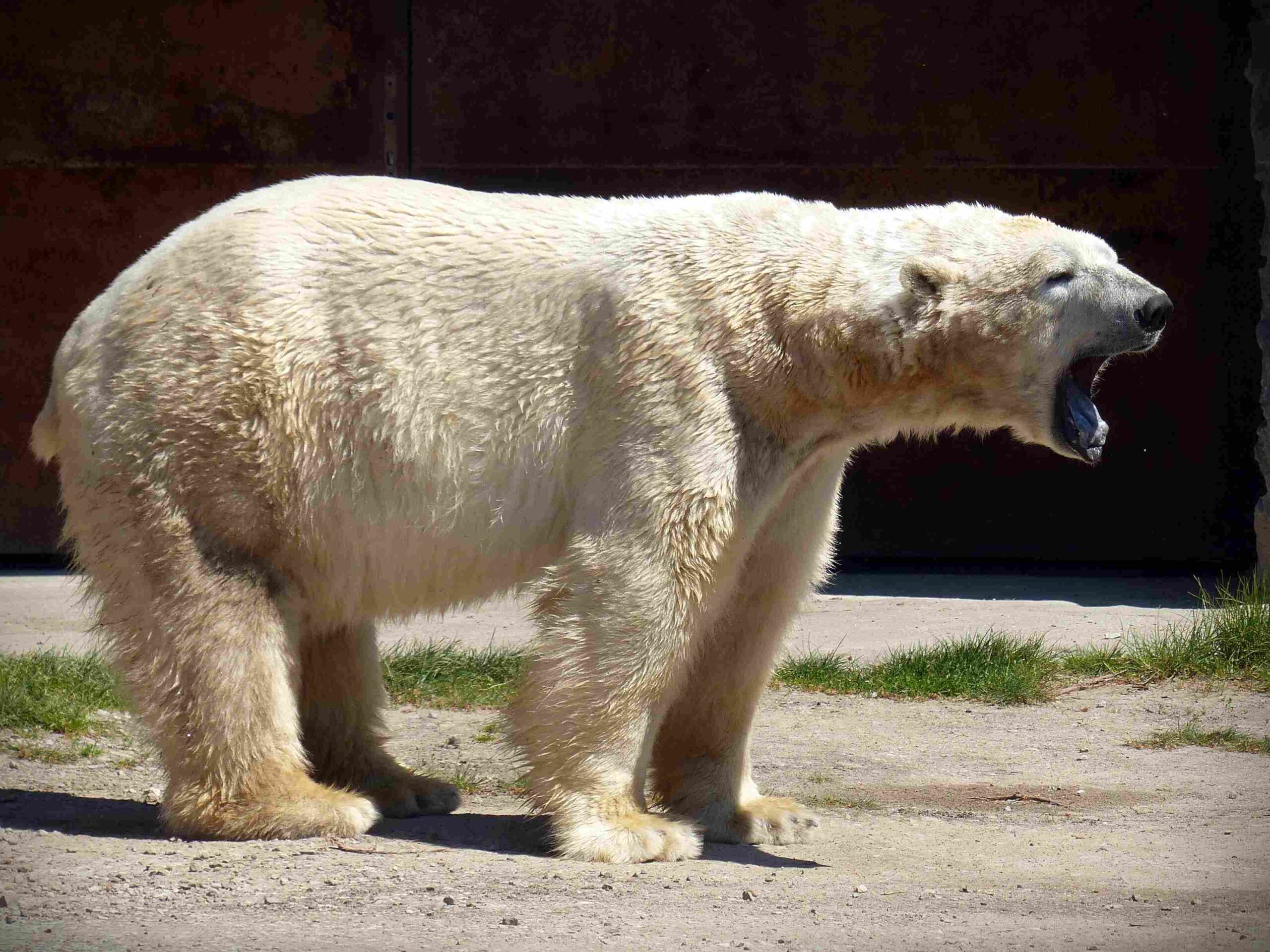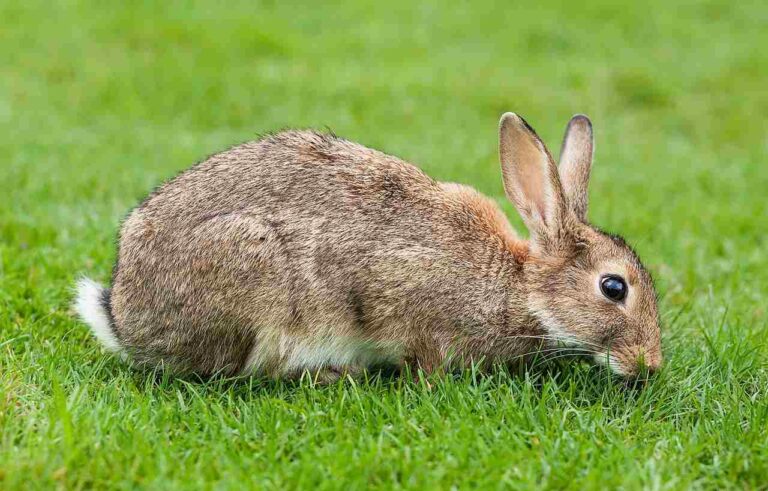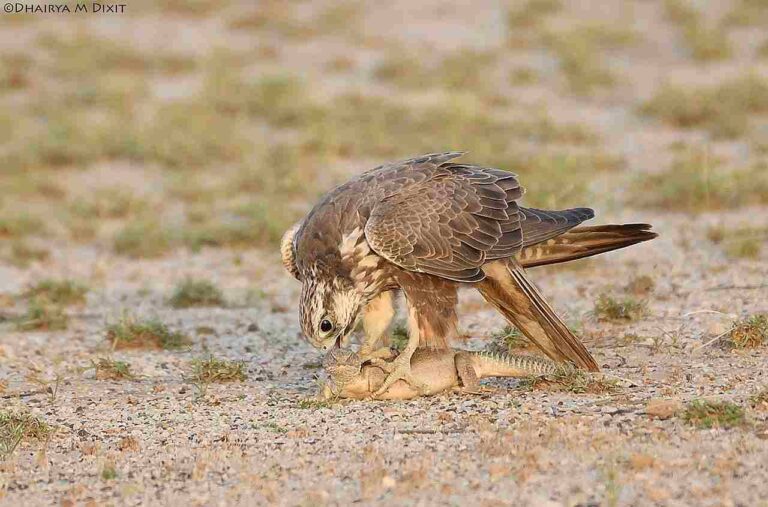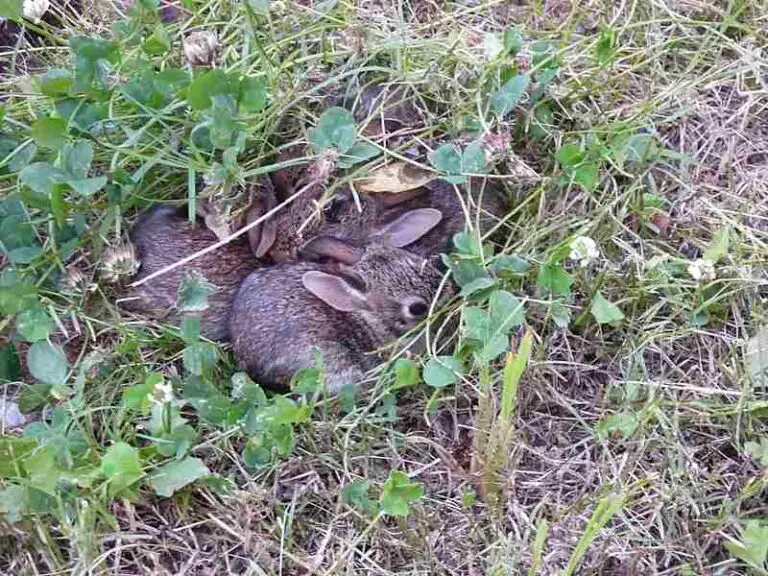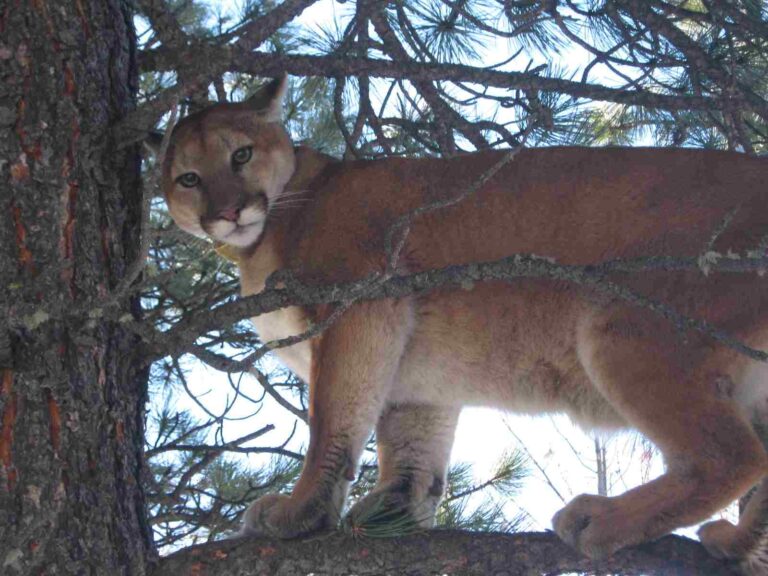11+ Predators In Missouri And Its Environs Discussed
Examples of predators in Missouri are Grey Foxes, Coyotes, and American Black Bears, among others. These predators vary in size and behavior, from the agile tree-climbing Grey Fox to the formidable American Black Bear. Other notable predators include Eagles, Hawks, Owls, Red Foxes, and Bobcats, each contributing to the ecological balance by controlling prey populations. Conservation efforts focus on habitat protection and public education to promote coexistence with these predators, who play a crucial role in Missouri’s ecosystems.
1. Grey Fox
The Grey Fox (Urocyon cinereoargenteus) is a unique predator native to Missouri, renowned for its distinctive gray coat with hints of red along its ears, neck, and sides. Unlike other foxes, it has a unique ability to climb trees, which it uses to evade predators and find food. This agility, combined with its adaptability to various habitats—from dense forests to suburban areas—makes it a successful and widespread predator. Grey Foxes are omnivorous, feeding on a mix of small mammals, birds, insects, and plant matter, adapting their diet based on seasonal availability.
Despite being a relatively small predator, the Grey Fox plays an important role in controlling populations of smaller prey animals, contributing to the ecological balance in Missouri. They are generally nocturnal, active during the night and at dawn or dusk, which helps them avoid larger predators like coyotes. Due to their elusive nature, they’re not often seen by humans, but their presence is vital in maintaining the health of Missouri’s ecosystems. Conservation efforts ensure that Grey Foxes continue to thrive in their natural habitats, promoting biodiversity and ecological stability.
2. Coyote
The coyote (Canis latrans) is a versatile predator found throughout Missouri, known for its intelligence and adaptability. Coyotes are highly opportunistic, thriving in a variety of habitats, from rural areas and forests to urban environments. Their diet is diverse, including small mammals, birds, insects, fruits, and even discarded human food, which allows them to live successfully in many different ecosystems. Coyotes are social animals, typically living in family groups or packs, and communicate with a range of vocalizations, including howls, yips, and barks.
Despite their adaptability, coyotes often face conflicts with humans due to their opportunistic feeding habits. These conflicts have led to attempts to manage coyote populations through hunting and trapping, but their high reproductive rates and adaptability make them resilient. Coyotes play an important ecological role by controlling populations of smaller mammals and scavenging carrion, contributing to a balanced ecosystem. Effective management strategies focus on coexistence, emphasizing the importance of secure food storage and preventing attractants to reduce human-wildlife conflicts.
3. American Black Bear
The American Black Bear (Ursus americanus) is Missouri’s largest predator, known for its robust size and formidable strength. These bears have a predominantly black coat, although variations can occur, and a stocky build that aids them in foraging for a wide range of foods. Their diet is primarily omnivorous, consisting of berries, nuts, insects, small mammals, and carrion, with a particular emphasis on calorie-dense foods in preparation for hibernation during the winter months. Black bears are generally solitary and tend to avoid human contact, but they can become bold when food sources are scarce or when habituated to human presence.
Conservation efforts in Missouri have focused on protecting black bear habitats and promoting public awareness about bear safety. As the black bear population grows, managing human-bear interactions becomes increasingly important. Black bears are known for their intelligence and curiosity, which can lead them to human settlements in search of easy food sources. Proper management and education on bear-proofing practices are crucial for minimizing conflicts and ensuring the long-term survival of this majestic predator in Missouri’s forests and wilderness areas.
4. Wolf
Historically, the wolf (Canis lupus) roamed widely across Missouri, but its presence dwindled due to habitat loss and human persecution. In modern times, the wolf population is much smaller and generally limited to reintroduction areas. Wolves are highly social predators, typically living in packs led by an alpha male and female. They are apex predators, playing a significant role in regulating the populations of their prey, which primarily includes deer and other large mammals. This regulation helps maintain a balanced ecosystem, preventing overgrazing and promoting vegetation growth.
Reintroduction programs and conservation efforts have aimed to restore wolf populations in parts of the United States, but these efforts have faced opposition from some human communities due to concerns about livestock predation and safety. Despite these challenges, wolves have proven to be resilient, with packs displaying sophisticated social structures and communication. Their presence in an ecosystem can have a cascading effect, influencing the behavior and population of other species, a phenomenon known as trophic cascade. Balancing the ecological benefits of wolf populations with human interests requires thoughtful management and education.
5. Hawk
Hawks are a diverse group of raptors found in Missouri, known for their keen eyesight and powerful hunting abilities. These birds of prey come in various species, such as the Red-tailed Hawk and the Cooper’s Hawk, each with unique characteristics. Hawks are generally diurnal, hunting during the day, and feed on a variety of prey, including small mammals, birds, reptiles, and insects. They are often seen soaring high in the sky or perched on trees and utility poles, scanning the ground for movement. Hawks have sharp talons and beaks designed for catching and consuming their prey efficiently.
Hawks play a crucial role in maintaining ecological balance by controlling populations of smaller animals. Their presence helps prevent overpopulation and contributes to the health of the ecosystem. Conservation efforts for hawks in Missouri focus on preserving their habitats and reducing human-related threats, such as collisions with vehicles and structures. Public education on the importance of raptors in the environment and responsible wildlife management contributes to the ongoing survival of these majestic birds in the state.
6. Eagle
Eagles are among the most majestic predators in Missouri, with the Bald Eagle (Haliaeetus leucocephalus) being the most iconic. These large birds of prey are known for their impressive wingspan and striking appearance, with adults featuring white heads and tails contrasting with dark brown bodies. Eagles are powerful hunters, primarily feeding on fish, but they also eat small mammals and carrion. They are typically found near large bodies of water, where they can catch fish and build their massive nests in tall trees or cliffs. Bald Eagles were once endangered due to habitat loss and pesticides like DDT, but conservation efforts have led to a remarkable recovery.
The presence of eagles in Missouri is a positive indicator of a healthy ecosystem and reflects successful conservation initiatives. These birds are protected by various laws, and their habitats are closely monitored to ensure their continued survival. Eagle sightings are a source of pride and inspiration for many people, symbolizing strength and resilience. Conservation programs focus on maintaining clean waterways and protecting nesting sites to ensure eagles can thrive. Public awareness and responsible wildlife management play critical roles in sustaining eagle populations in Missouri.
7. Owl
Owls are a diverse group of nocturnal predators found in Missouri, known for their distinctive hoots and keen hunting skills. Species such as the Great Horned Owl and the Eastern Screech Owl are commonly found in the state’s forests and rural areas. Owls have large eyes adapted for low-light vision, enabling them to hunt effectively at night. Their diet primarily consists of small mammals, birds, and insects, and they are equipped with silent flight and sharp talons for capturing prey. Owls are often seen as mysterious creatures, with their haunting calls adding to the nighttime ambiance.
Owls play a crucial role in maintaining ecological balance by controlling populations of rodents and other small mammals. Their presence helps reduce crop damage and prevents the spread of diseases carried by rodents. Conservation efforts for owls in Missouri focus on preserving their natural habitats and ensuring a steady food supply. Public education about the benefits of owls and the importance of not disturbing their nests contributes to their survival. As nocturnal creatures, owls often go unnoticed, but their impact on the ecosystem is significant, making them an essential part of Missouri’s wildlife.
8. American Badger
The American Badger (Taxidea taxus) is a stocky and powerful predator found in Missouri, renowned for its digging abilities and ferocity when threatened. Badgers have a distinctive gray coat with white stripes on their face, and they are primarily nocturnal, active during the night or twilight hours. They are expert burrowers, using their strong claws to dig intricate networks of tunnels, where they find shelter and hunt for prey. Badgers are carnivorous, feeding on a variety of small mammals like gophers, ground squirrels, and other burrowing animals. Their digging skills make them formidable predators, capable of accessing prey hidden underground.
American Badgers play a significant role in maintaining ecological balance by controlling populations of small mammals and aerating soil with their burrows. Despite their benefits, badgers can sometimes cause conflicts with humans, particularly when their burrowing damages agricultural land or infrastructure. Conservation efforts in Missouri focus on maintaining suitable habitats for badgers and minimizing human-wildlife conflicts through education and proper land management practices. Understanding and respecting the badger’s role in the ecosystem helps promote coexistence and ensures the continued survival of this resilient predator.
9. Red Fox
The Red Fox (Vulpes vulpes) is one of the most recognizable predators in Missouri, known for its vibrant reddish-orange coat and bushy tail. These foxes are highly adaptable, thriving in various environments, from forests and grasslands to urban areas. Red foxes are opportunistic feeders, with a diet that includes small mammals, birds, insects, fruits, and even human food scraps. Their adaptability and omnivorous diet make them successful in a range of habitats. Red foxes are typically solitary or live in small family groups, and they are active during the night and early morning hours.
The presence of Red Foxes in Missouri is a testament to their adaptability and resourcefulness. They play an essential role in controlling populations of small mammals and helping maintain ecological balance. However, their adaptability can also lead to conflicts with humans, particularly in suburban areas where they may scavenge for food or pose a threat to small pets. Conservation efforts focus on promoting coexistence through public education and proper waste management to reduce attractants. By understanding the habits and benefits of Red Foxes, humans can better appreciate their role in Missouri’s diverse wildlife community.
10. Weasel
Weasels are small, agile predators found in Missouri, known for their slender bodies and voracious hunting skills. The Long-Tailed Weasel (Mustela frenata) and the Short-Tailed Weasel or Ermine (Mustela erminea) are the most common species in the state. Weasels are carnivorous, feeding primarily on small mammals like mice, voles, and rabbits, and they are known for their quick movements and ability to enter tight spaces. Their slender bodies and sharp teeth make them efficient hunters, capable of tracking and capturing prey in burrows and dense vegetation.
Weasels play a critical role in controlling populations of small mammals, contributing to the ecological balance in Missouri’s ecosystems. Despite their benefits, weasels are often elusive and not commonly seen by humans, adding to their mystique. Conservation efforts focus on preserving the natural habitats of weasels and ensuring a healthy food supply to support their populations. Understanding the role of weasels in the ecosystem helps promote their conservation and appreciation as a vital part of Missouri’s wildlife community.
11. Bobcat
The bobcat (Lynx rufus) is a formidable predator native to Missouri, characterized by its tufted ears, distinctive facial markings, and a short, bobbed tail. Bobcats are highly adaptable, thriving in various habitats, from forests and grasslands to urban fringes. As carnivores, their diet primarily consists of small mammals, such as rabbits and squirrels, though they are also known to prey on birds, reptiles, and occasionally larger mammals like deer. Bobcats are solitary creatures and typically nocturnal, hunting during the night or at dawn and dusk. They are stealthy hunters, using their keen senses and agility to track and ambush prey.
Bobcats play a significant role in controlling the populations of smaller mammals, contributing to ecological balance. Despite their elusive nature, bobcats occasionally come into conflict with humans, particularly when they venture into suburban areas in search of food. Conservation efforts in Missouri focus on maintaining suitable habitats for bobcats and educating the public about their behaviors to reduce misunderstandings and conflicts. The resilience and adaptability of bobcats make them a crucial part of Missouri’s diverse wildlife, highlighting the need for continued conservation and coexistence strategies.
12. Raccoon
Raccoons (Procyon lotor) are one of Missouri’s most familiar predators, known for their distinctive black mask markings and ringed tails. These nocturnal mammals are highly adaptable, thriving in a variety of habitats, from forests to urban environments. Raccoons are omnivorous, with a diet that includes fruits, nuts, insects, small animals, and human food waste. This flexibility in their diet allows them to thrive in diverse environments, often bringing them into contact with human settlements. Raccoons are known for their intelligence and dexterity, enabling them to manipulate objects and access food in creative ways.
While raccoons play an important role in scavenging and controlling small animal populations, their adaptability can lead to conflicts with humans, especially when they raid garbage bins or damage property. Conservation efforts in Missouri focus on promoting coexistence and reducing conflicts by encouraging secure waste management and minimizing attractants in urban areas. Public education on raccoon behavior and disease risks, such as rabies, is crucial for reducing human-wildlife conflicts and ensuring the continued survival of raccoons in the state. Despite their sometimes troublesome behavior, raccoons are a vital part of Missouri’s ecosystem, serving as scavengers and contributing to the health of the environment.
13. Skunk
Skunks are small to medium-sized predators found in Missouri, known for their distinctive black-and-white coloration and their ability to spray a potent odor when threatened. The Striped Skunk (Mephitis mephitis) is the most common species in the state. Skunks are primarily nocturnal and are opportunistic feeders, with a diet consisting of insects, small mammals, fruits, and even carrion. Their ability to adapt to various habitats, including forests, grasslands, and suburban areas, has contributed to their widespread presence in Missouri. Skunks are generally solitary, except during the breeding season, and they use their spray as a defense mechanism to deter predators.
Despite their notorious defense mechanism, skunks play an important role in the ecosystem by controlling insect and small mammal populations. They are also scavengers, helping to clean up carrion and other organic waste. Conservation efforts in Missouri focus on promoting coexistence and reducing conflicts with humans, who often view skunks as a nuisance due to their odor and potential property damage. Public education about skunk behavior and prevention methods can help minimize negative encounters. Skunks are an essential part of Missouri’s wildlife, contributing to the ecological balance and serving as a unique and often misunderstood predator.
*Summary
-
Grey Fox
-
Small predator with gray coat, climbs trees
-
Omnivorous, feeds on small mammals, birds, insects, plant matter
-
Plays a role in controlling prey populations
-
Nocturnal and elusive, adapts to various habitats
-
-
Coyote
-
Opportunistic predator, highly adaptable
-
Feeds on small mammals, birds, insects, fruits, human food scraps
-
Plays an ecological role in controlling small animal populations
-
Conflicts with humans due to scavenging and livestock predation
-
-
American Black Bear
-
Missouri’s largest predator, primarily omnivorous
-
Feeds on berries, nuts, insects, small mammals, and carrion
-
Important for ecological balance, can become bold near human settlements
-
Conservation focuses on habitat protection and public education
-
-
Wolf
-
Historically found in Missouri, now in limited areas
-
Apex predator, primarily feeds on deer and large mammals
-
Essential for ecological balance through trophic cascade
-
Reintroduction programs face opposition due to livestock predation concerns
-
-
Hawk
-
Daytime predator with keen eyesight and powerful hunting skills
-
Feeds on small mammals, birds, reptiles, insects
-
Essential for controlling populations of smaller animals
-
Conservation focuses on habitat preservation and reducing human-related threats
-
-
Eagle
-
Large bird of prey, Bald Eagle most iconic
-
Feeds on fish, small mammals, carrion
-
Symbol of strength, success story of conservation after being endangered
-
Conservation includes protecting habitats and educating the public
-
-
Owl
-
Nocturnal predator with keen hunting skills
-
Feeds on small mammals, birds, insects
-
Plays a critical role in controlling rodent populations
-
Conservation focuses on habitat preservation and public education
-
-
American Badger
-
Stocky predator with strong digging abilities
-
Primarily carnivorous, feeding on burrowing mammals
-
Important for controlling populations of small mammals
-
Conservation involves minimizing human-wildlife conflicts
-
-
Red Fox
-
Recognizable predator with reddish coat and bushy tail
-
Feeds on small mammals, birds, insects, fruits, human food scraps
-
Plays a role in controlling prey populations
-
Conflicts with humans due to scavenging in urban areas
-
-
Weasel
-
Small, agile predator with a slender body
-
Feeds on small mammals like mice and voles
-
Helps maintain ecological balance by controlling prey populations
-
Conservation focuses on preserving natural habitats
-
-
Bobcat
-
Medium-sized predator with tufted ears and a short tail
-
Feeds on small mammals, birds, reptiles
-
Plays a significant role in controlling smaller mammal populations
-
Conservation focuses on reducing human-wildlife conflicts and habitat protection
-
-
Raccoon
-
Familiar predator with a black mask and ringed tail
-
Omnivorous, feeds on a wide range of food, including human scraps
-
Important scavenger, but can cause conflicts with humans
-
Conservation involves managing conflicts and promoting coexistence
-
-
Skunk
-
Small predator known for its black-and-white coloration and potent odor
-
Feeds on insects, small mammals, fruits, carrion
-
Plays a role in controlling insect and small mammal populations
-
Conservation focuses on promoting coexistence and public education
-
| Predator | Characteristics |
| Grey Fox |
Climbs trees, omnivorous, elusive
|
| Coyote |
Opportunistic, adaptable, conflicts with humans
|
| American Black Bear |
Largest predator, omnivorous, habitat protection
|
| Wolf |
Apex predator, limited range, reintroduction issues
|
| Hawk |
Daytime predator, keen eyesight, habitat conservation
|
| Eagle |
Large bird of prey, Bald Eagle iconic, conservation success
|
| Owl |
Nocturnal, controls rodent populations, public education
|
| American Badger |
Stocky, strong digger, controls small mammals
|
| Red Fox |
Reddish coat, omnivorous, conflicts in urban areas
|
| Weasel |
Agile, slender, controls small mammals
|
| Bobcat |
Medium-sized, tufted ears, controlling smaller mammal populations
|
| Raccoon |
Omnivorous, adaptable, conflicts with humans
|
| Skunk |
Black-and-white, known for potent odor, promotes coexistence
|
